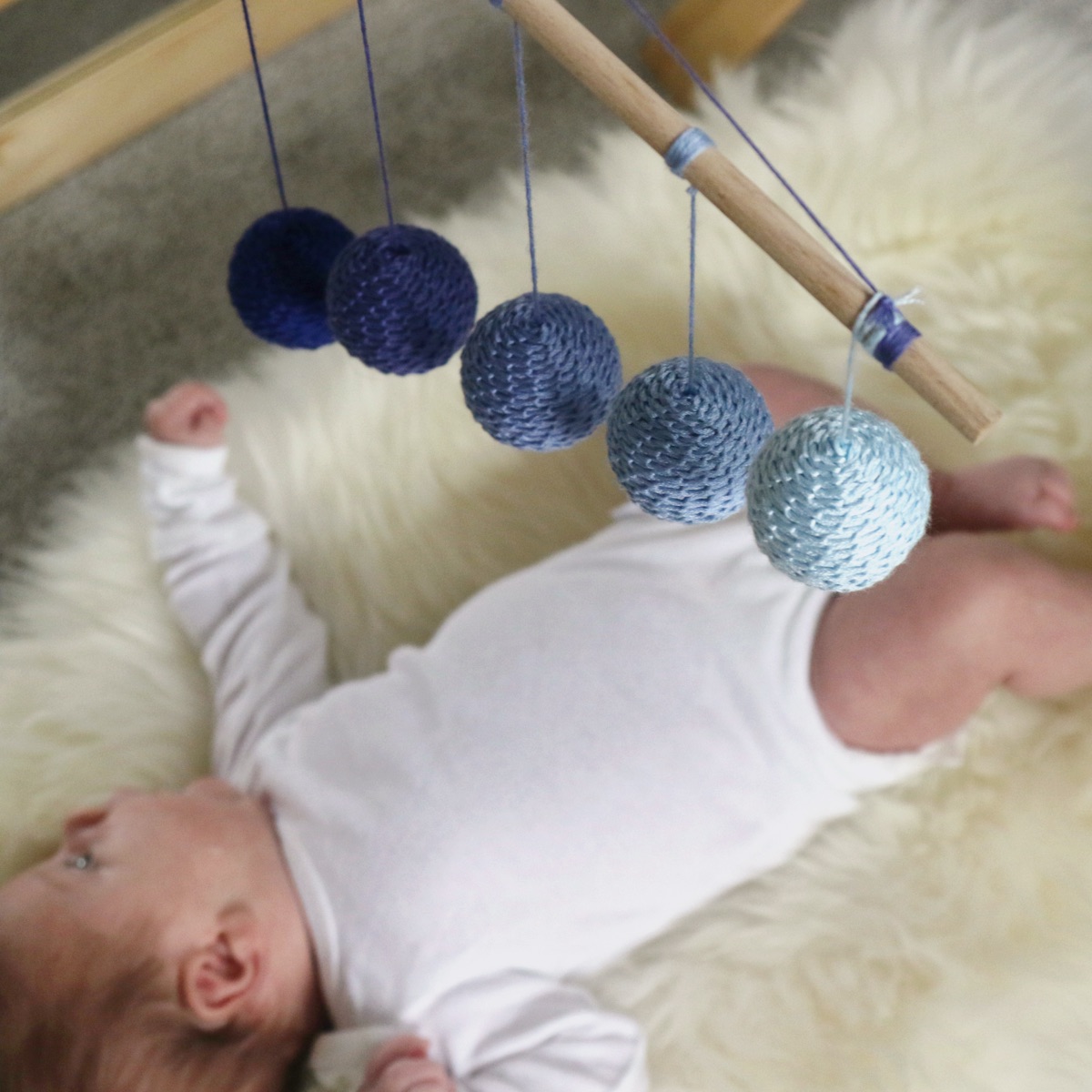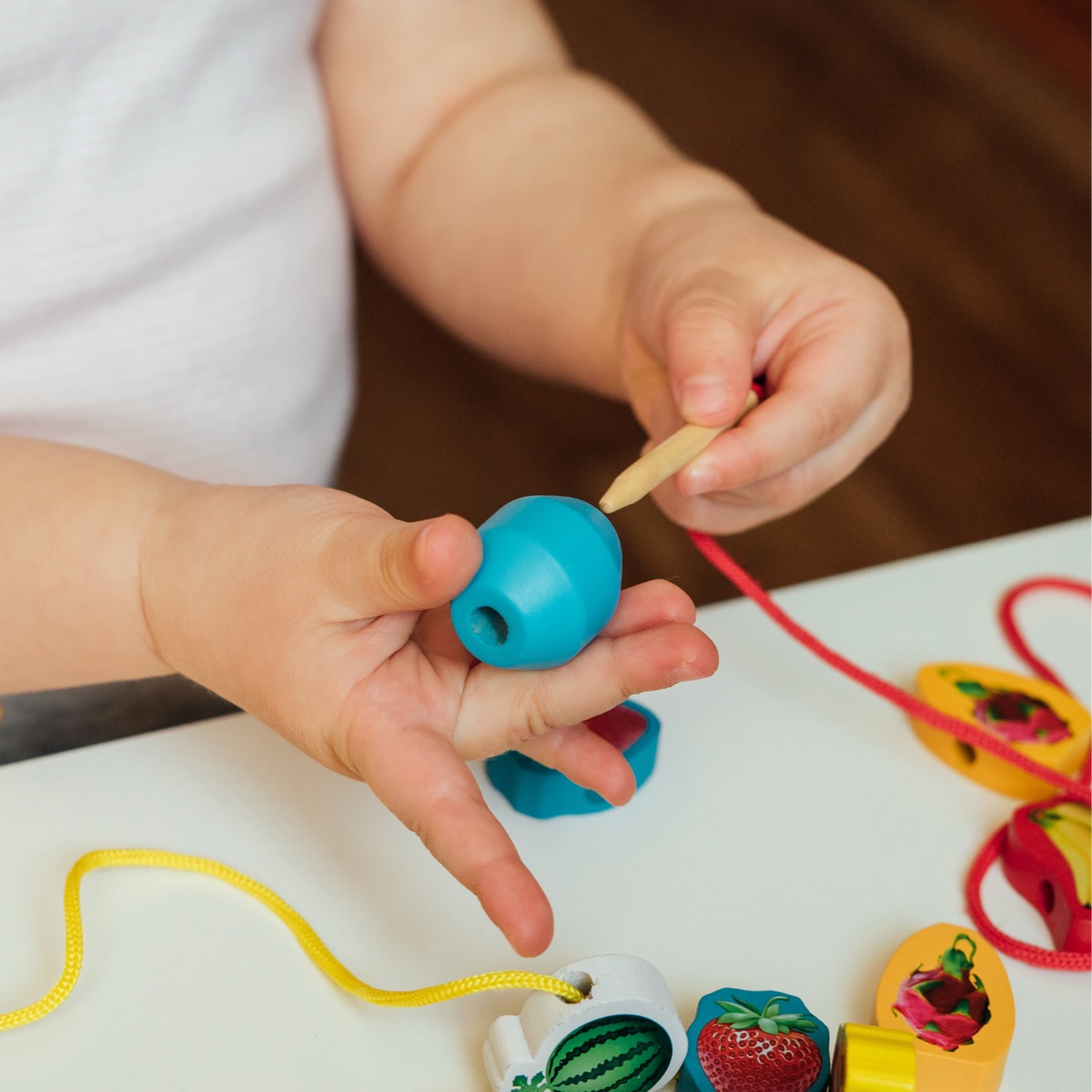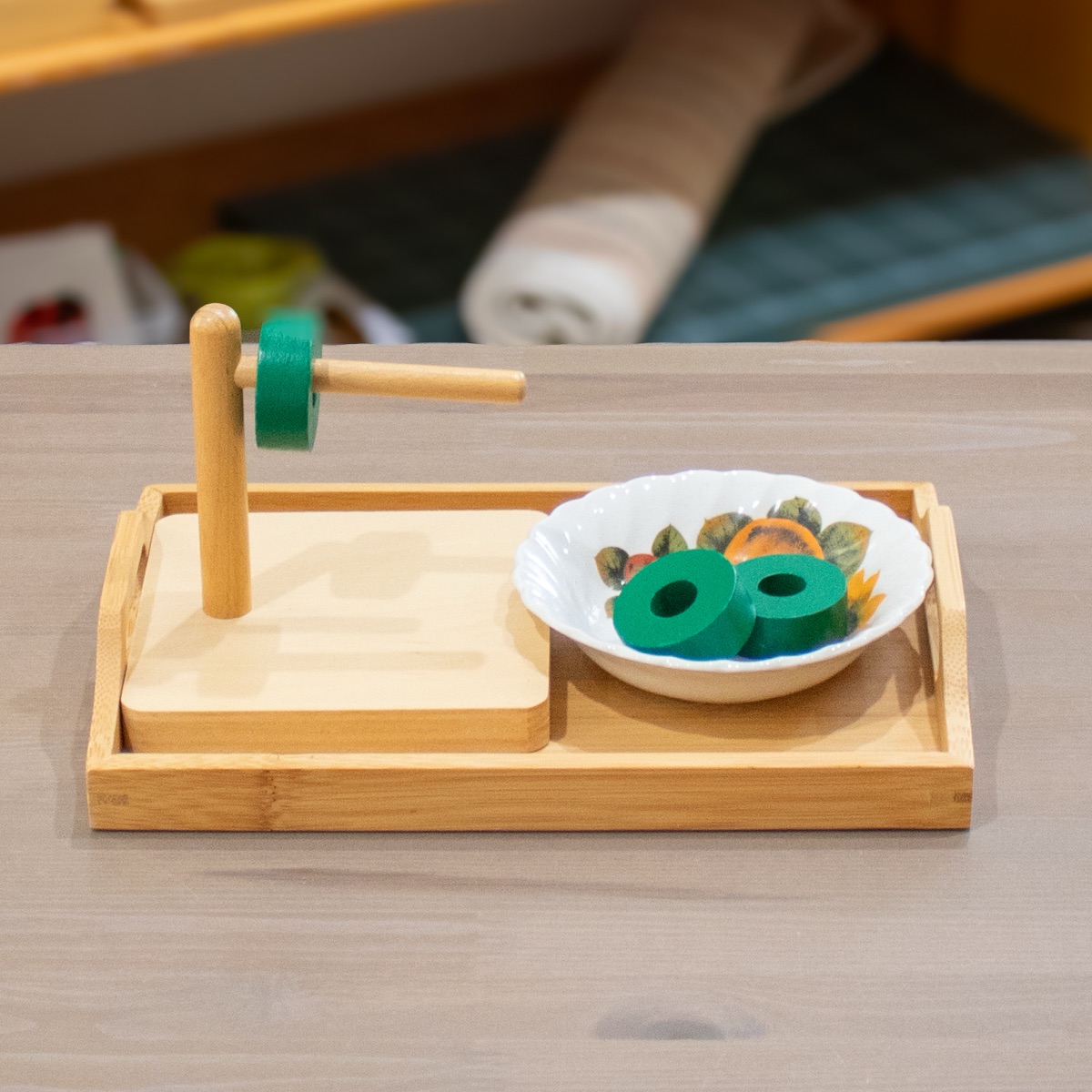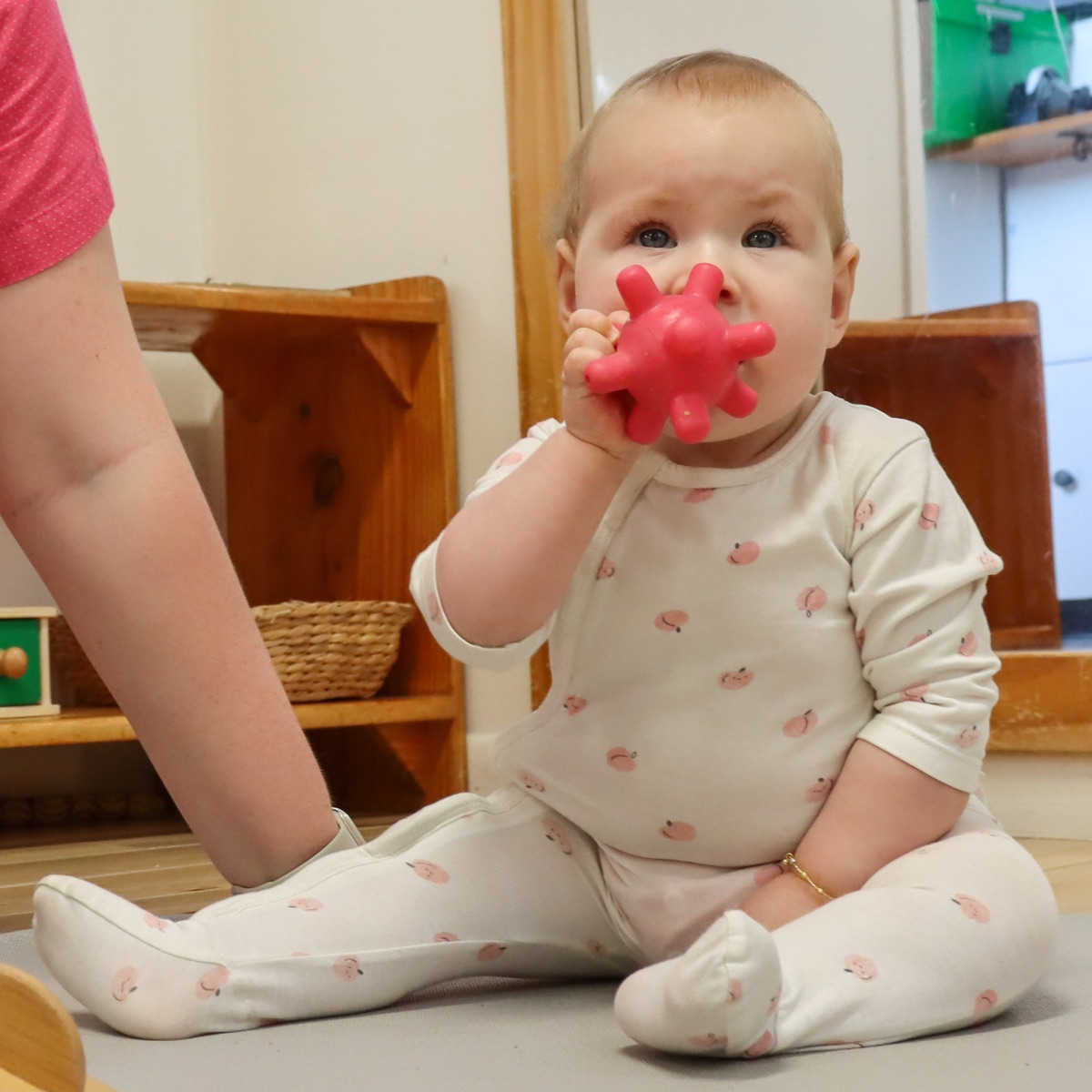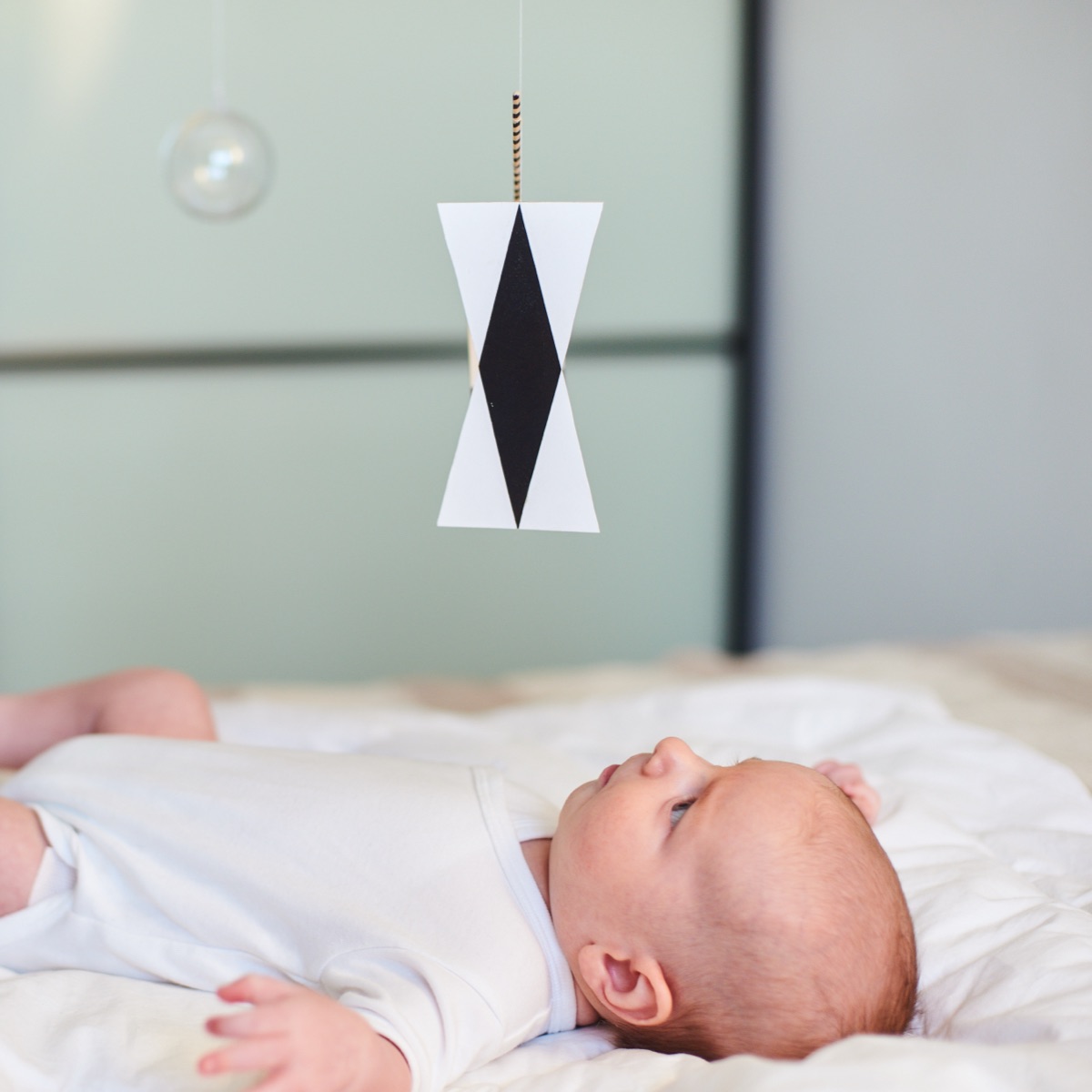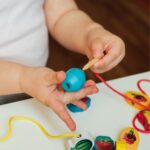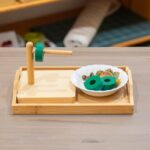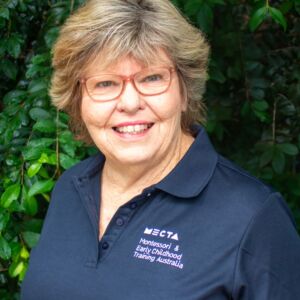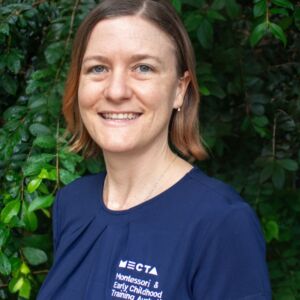Course Overview
This immersive workshop introduces the materials and experiences that support psycho-sensory-motor development in the first three years of life. Designed for educators, parents, and caregivers, this course explores how purposeful movement and sensory input lay the foundation for cognitive growth, independence, and emotional regulation. Guided by qualified Montessori trainers, you’ll gain practical insight into how to present and adapt developmentally appropriate materials that stimulate curiosity, coordination, and body awareness.
Whether you’re working in an Infant Community, caring for children at home, or supporting the 0–3 age group in any setting, this course equips you with the tools to create nurturing environments that meet the child’s deepest developmental needs.
The Psycho-Sensory-Motor Materials
Psycho-sensory-motor activities provide the essential building blocks for a child’s early development by nurturing movement, sensory perception, and coordinated hand skills from the earliest months. Through carefully sequenced experiences with mobiles, tactile and auditory materials, grasping and fitting objects, trackers, sorting games, and matching activities, children naturally refine their focus, balance, dexterity, and memory. Each material encourages purposeful interaction with the environment, supporting the development of independence, problem-solving, and body awareness. These foundational experiences lay the critical neurological pathways for all later learning, forming a strong, confident connection between mind, body, and the world.
Group 1: Sensory Stimulation and Early Exploration
This group supports the development of visual focus, tactile discrimination, and auditory responsiveness through carefully prepared sensory experiences.
- Octahedron mobile
- Gobbi mobile
- Stylised paper figures (dancers)
- Bell on a ribbon
- Ring on a ribbon
- Clutch Ball
- Interlocking circles
- Rubber ball with protrusions
- Home objects basket
- Cylinder rattle with bells
- Bells on a leather strap / Sleigh bells
- Clacker
- Wooden/commercial rattles
- Music box
Group 2A & 2B: Fine Motor Development and Problem Solving
This group refines hand-eye coordination, hand strength, and logical thinking through activities that involve grasping, fitting, threading, sorting, and manipulating objects.
Group 2A:
- Cup & ball / Egg
- Box with cube
- Box with drawer and ball
- Box with knitted ball
- Rings on a stable base
- Rings on a rocking base
- Rings on dimensional gradation
- Locks and keys
- Nuts and bolts
Group 2B:
- Discs on horizontal dowel
- 3 pegs with small rings
- Bead stringing
- Slotted box with chips
- Sorting trays and containers
- Wooden puzzles
- Glue box
- Sewing materials
Group 3: Gross Motor Development and Spatial Awareness
This group promotes movement, balance, and spatial coordination, helping children develop control over their larger body movements.
- Basket of balls / variety of balls
- Object trackers
- Aids to movement (presentation-based content)
Group 4: Tactile Discrimination, Memory and Classification
This group develops the stereognostic sense, memory, and early logical classification through activities that engage touch and perception without relying on sight.
- Stereognostic bags (0–3)
- Classified sets
- General object collections
- Matching pairs
